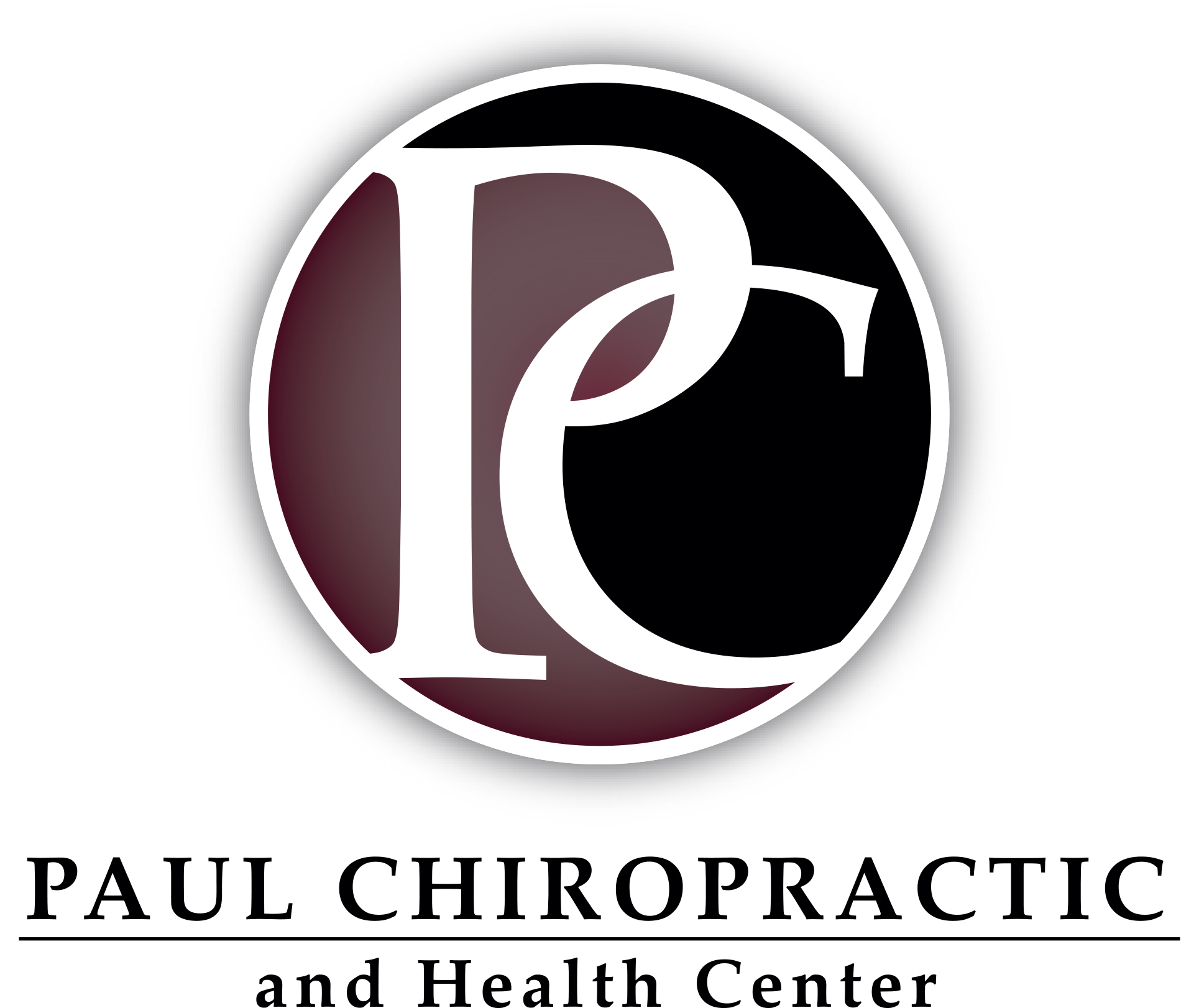Almost 30 percent of the worldwide population is overweight or obese (BMI, or “body mass index” greater than 30 for adults = obesity). Worldwide, obesity is also responsible for about 5 percent of deaths annually (1). In one recent report obesity is driving an estimated half a million cancer cases annually (2-3). Two-thirds of obesity-related cancers including colon, rectum, ovary and endometrial cancers occur in North America and Europe. Women have the highest risk factor and are developing obesity-driven cancers almost twice as often as their male counterparts (4). If this trend marches on the experts think that roughly half of the world’s population will be overweight or obese by the year 2030 (5). This will drive cancer cases up at an absolutely alarming rate.
How can these two occurrences be linked?
The global dietary tendencies help to paint the picture that connects obesity rates and cancer cases. In developed countries the average citizen consumes a diet filled with processed foods. On the contrary, in developing regions food choices that are traditionally more natural are the norm. Obese women in developed nations account for 8 percent of all cancers, by contrast these same obese women from developing countries account for only 1.5 percent of cancers. Obese men in developed nations account for 3 percent of all cancers and by contrast obese men from developing countries account for 0.3 percent of cancer cases.
Costs attributed
When one takes into consideration lost work days, higher health care costs and lowered productivity due to the far reaching effects of obesity it all adds up to $2 trillion annually. This currently comes in right next to global cost to care for smokers and just below the global cost of war and terrorism. If and when people begin to take ownership of their own bodies, form healthier eating and exercise habits and STOP smoking, the collective cost savings will be staggering. The obese patients would see the return not only in lowered health care costs but also in overall productivity at work and with their families.
What can you do now?
The best news is that each person can single-handedly fight the battle of the bulge, to prevent this problem from becoming even more catastrophic. Eating whole organic foods (with an average daily cost difference of only $1.50 per meal vs. non-organic eating) is a great place to begin. When we “clean-up” our food supply it lowers our pesticide and genetically engineered ingredient exposure.
Don’t forget to include the right percentage of healthy fats within the diet too, most people need up to 50-85 percent of these. Avocados, raw nuts and seeds, organic eggs and coconut oil are just a few examples of these healthy fats. Choosing grass-fed meats can make another big impact on your body’s weight balance. This is due to the fact that in these meats we can avoid pesticides, hormones, antibiotics and other drugs.
Two tremendously important supplement options exist here also:
Omega-3 intake from fish oil capsules will help to keep inflammation at bay.
Gut flora support: (Bio-dophilus or S. Boulardii) can be extremely beneficial for strengthening the body’s response to inflammation. The pro-biotic support will also contribute to a more predictable elimination schedule. This in turn helps control weight by keeping the system running as cleanly and clearly as possible.
No discussion of obesity and cancer would be complete if exercise and Vitamin D weren’t covered.
Exercise helps to lower insulin levels. This in turn promotes weight loss and can even discourage growth and spread of cancer cells. A beneficial exercise program should include focus on strength training, cardiovascular work and even time spent on balance/flexibility.
The scientific evidence abounds on how specific levels of Vitamin D supplementation and sun exposure can help to keep blood levels optimal. If the patient is currently being treated for cancer, then a blood level between 80-90 ng/ml is recommended. A simple web search for the connection between Vitamin D levels and obesity reveals 6.4 million hits in just a quarter of a second. Certainly there is enough reading material for many new studies to take root.
In conclusion, our goal is to help people live their lives in the healthiest way possible. If it has been awhile since you had blood testing done, maybe it’s time we check your scoreboard. By testing a comprehensive blood panel and hair tissue mineral analysis, we are able to determine other necessary vitamins and minerals you may need to optimize your health. Get tested today to find out where you start and to know exactly what to do and what to take for better health!
References:
- McKinsey.com November 2014
- Lancet Oncology November 26, 2014
- WebMD November 26, 2014
- Mail Online November 25, 2014
- Mercola.com January, 2015
